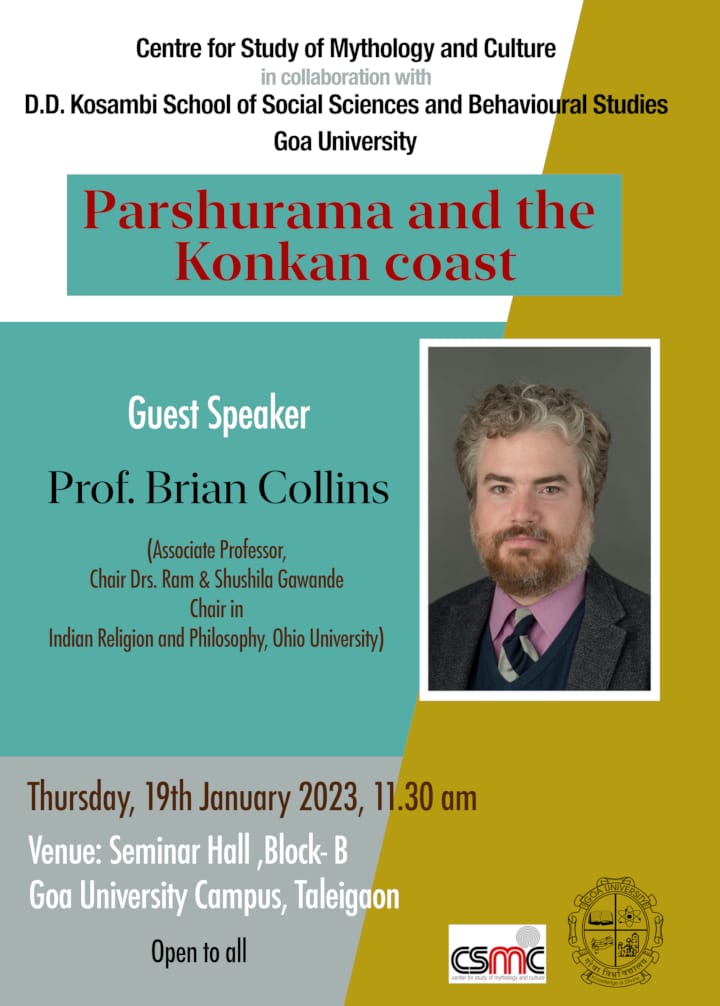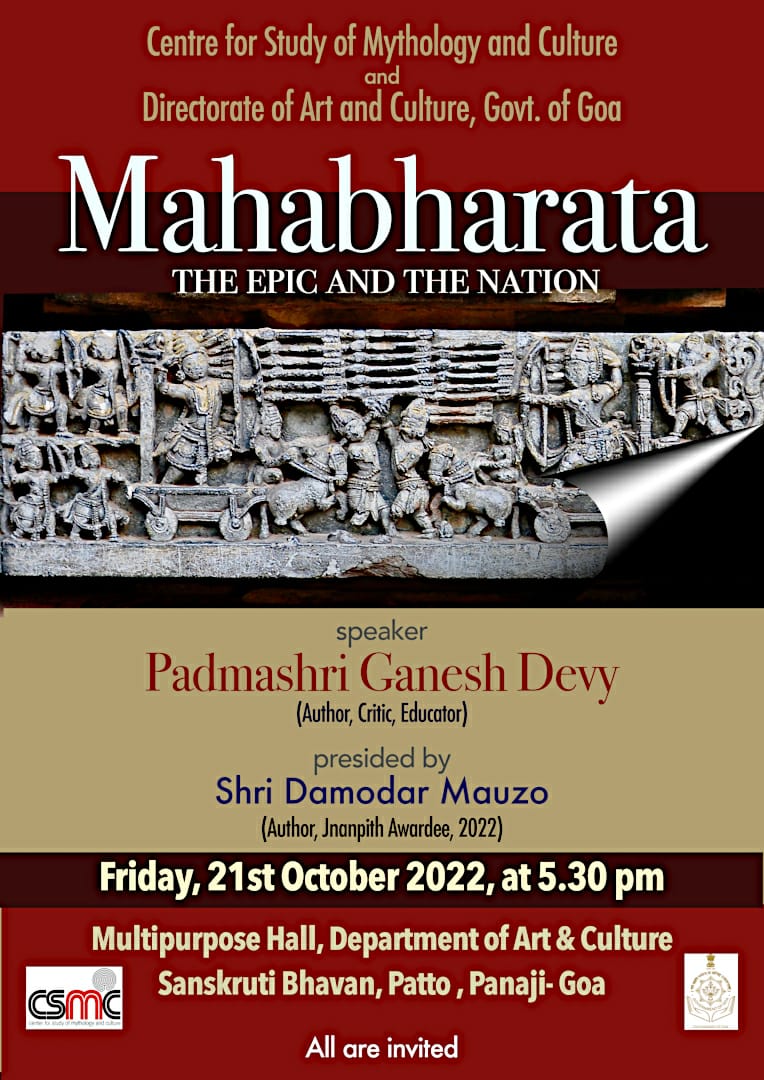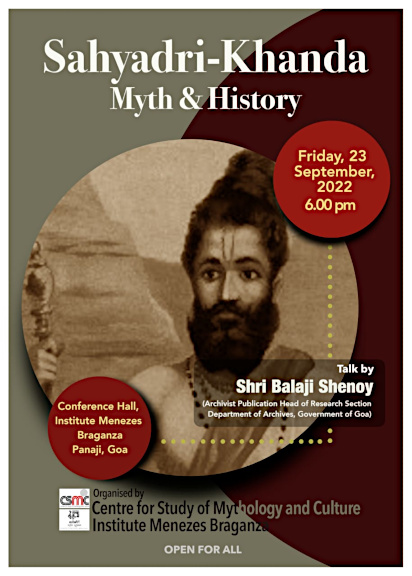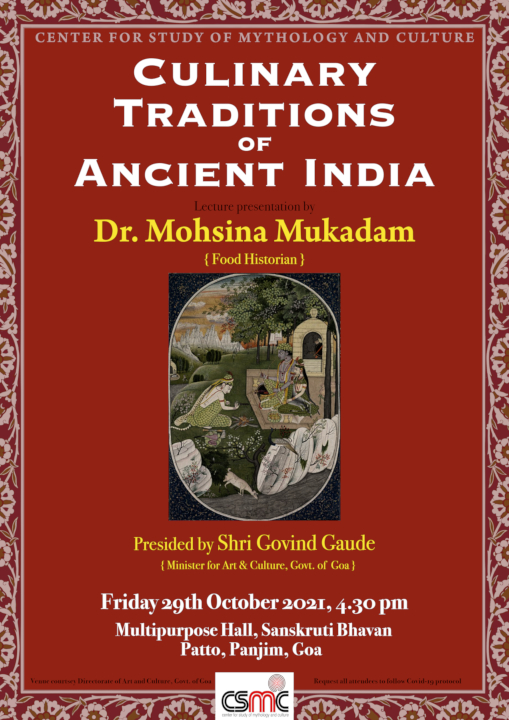The stories that we tell shape our lives and define our roles within our communities. They are incredibly powerful. And if we want to create change – effective sustainable change – it is these stories that we need to change.
Have you ever wondered what happened to the narrative of women? How is it that the woman started off as the supreme goddess worthy of worship and ended up at the bottom of the food chain? What changed?
The story begins with woman as the goddess and she was the goddess because she had the ultimate power – she could create life. That was the ultimate miracle and that is what made her worthy of worship.
Ironically as time moved on it was not her story that changed – after all she still creates life – is the way the story was told that changed. Woman no longer created life because she could or because she wanted to but because she was told that she had to, she was told when and she was told with whom!
Her ability to create life was no longer seen as her power but her duty as a subservient being. This was now the weapon with she was to be dominated.
The same things that made woman the goddess are now what make her the slave. It is not the story that changes but how you tell it. It is the tiniest little shift in the story.
Interestingly, every 1000 years or so, a revolution seems to take place in the narrative of women. We can trace a pattern of renaissance, a kind of resurgence; like the crest of a wave which attempts to overturn the existing stories of disenfranchisement and retell them as they were to begin with—an empowering narrative. At the turn of this millennium we are once again in the midst of a narrative revolution and whether by accidental birth or by the design of karmic rebirth we are the women into whose laps this renaissance has fallen. In the cycle of events it is an extraordinary time to be around because now it is we who must decide how to change this narrative.
It is time to look at our stories – and I would like to begin with this tiny story….
In the Hindu traditions of North India on the morning of the wedding the bride is given a set of red and ivory bangles to wear. They are arranged in a set except for one extra white bangle that sits on the outside of the set which is known as Gaurja ki Choorri (the goddess Parvati’s bangle). When I was getting married I remember asking the priest what that extra bangle meant and he told me that the bangle was a bride’s prayer to the goddess Parvati to grant her a husband just like goddess’s own husband.
Now I had to wonder about this. The goddess’s husband Shiva, though a great God (and I am sure many wonderful things in his own way) is not an ideal husband by any stretch of imagination. He drinks, he indulges in narcotic habits, he keeps the worst kind of company, he disappears for months on end because he wants alone time. He is a hermit so doesn’t believe in jewellery and nice things generally. I mean why would I want to pray for a husband like him?
So it took a bit if research but I finally found out – yes, that extra bangle is a prayer to the goddess but the prayer says ‘please give me the strength to love my husband even if he is like yours’. (Alf Hiltebeitel)
Now that’s a story that makes sense
Incidentally there is a school of thought that women want a Shiva-esque man – the thrill of the ‘bad boy’ syndrome. This story teller would like to hear your views.












Leave a Comment